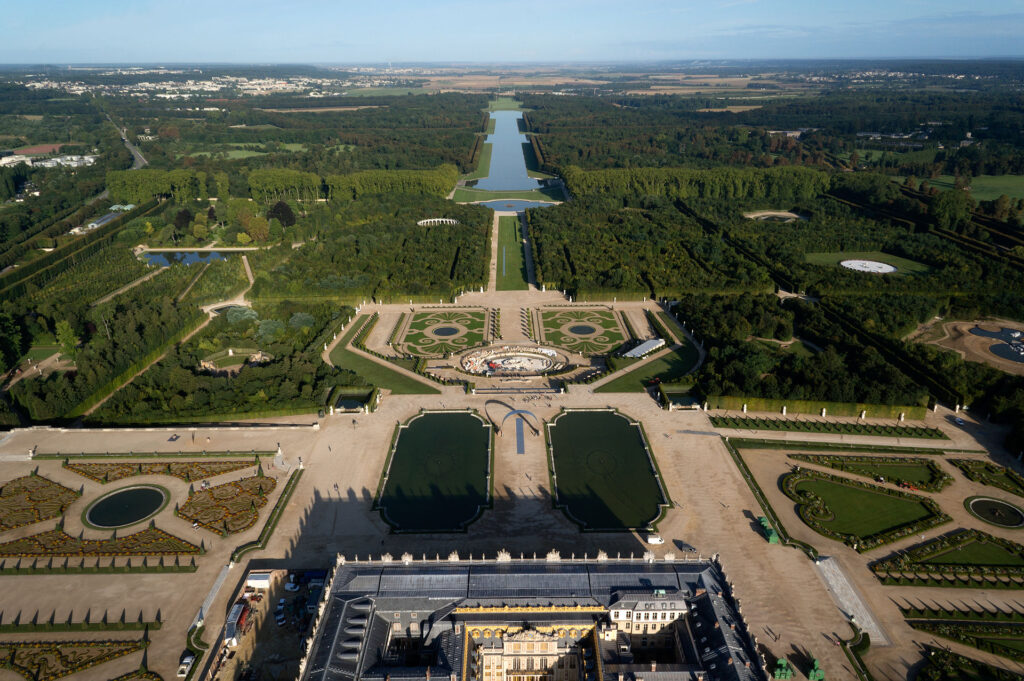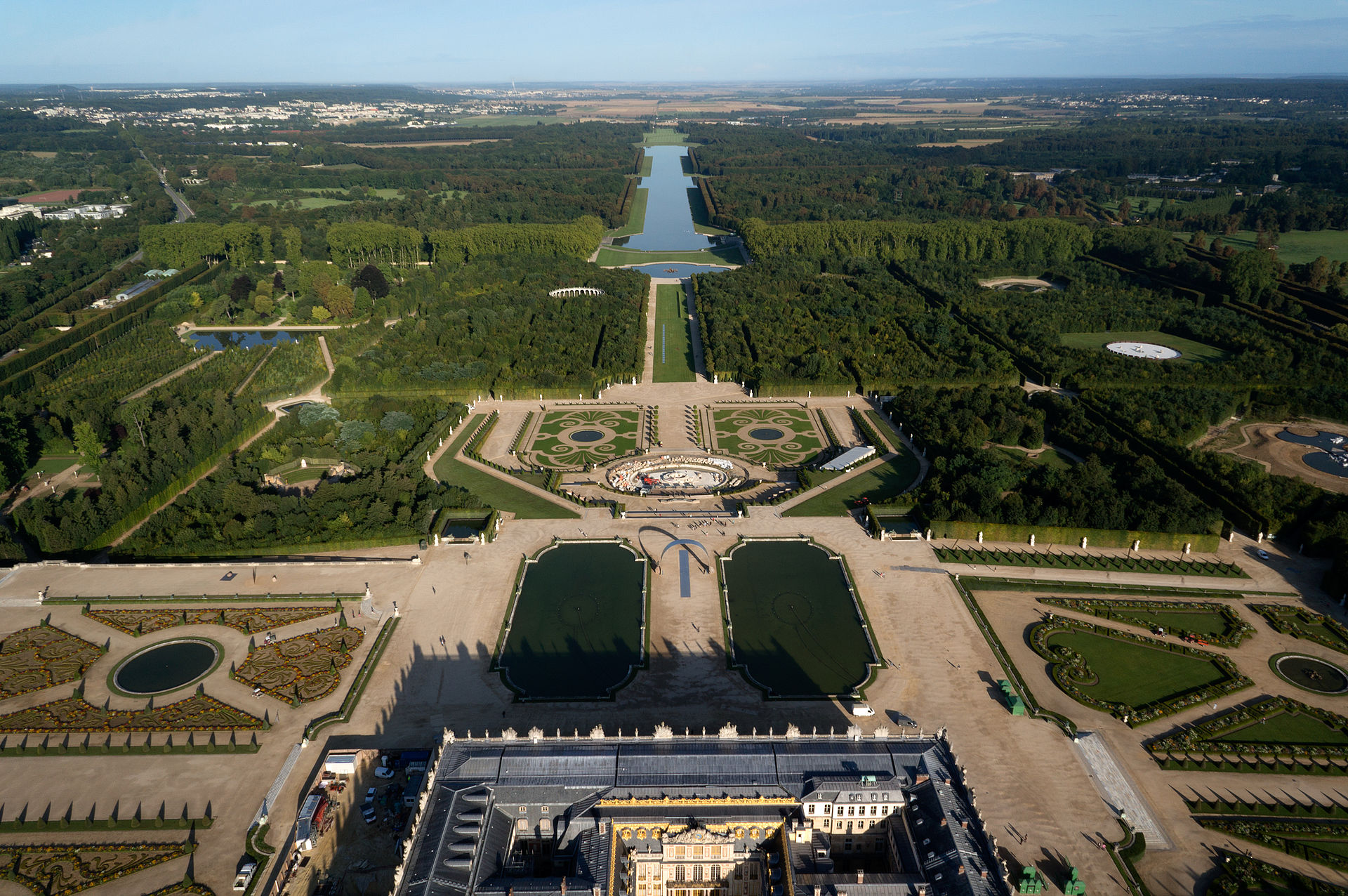The nine studies in this book edited by Stephen Whiteman (The Courtauld, University of London) cover a wide range, both geographically and temporally. Their topic is the role of landscape in the articulation and expression of imperial identity.
The choices of the authorities go from Ireland to Persia, China, Japan and South Asia. Landscape, however, is understood here in very broad terms. For example, Caroline Fowler (Clark Art Institute in Massachusetts) considers how aspects of maritime law can be gleaned from drawings of naval engagements in the 17th century. The drawings in question are by Willem van de Velde, and were done at a time when Dutch and English fleets were at odds. Necessary to understand the importance of his work in this context, writes Fowler, “…is the debate about the ocean as either ‘an unregulated highway for emerging nations’ or ‘resources controlled by a dominant power.’” Once one regards the seaways as ‘highways’, one can begin to grasp the connexion with landscape.

Furthermore, van de Velde depicted events that occurred over “blank waterways,” which she characterizes as “the no-place space of the ocean.” Fowler quotes from the English jurist John Selden, who wrote a book in 1618 entitled The closed sea. There he wrote that the sea should be considered finite, where promontories and islands that “may be made use of for the bounding of a territory in the sea.” The Chinese name for landscape means mountains and waters, as we learn in a chapter by John Finlay, so there was an understanding around the world that water was an element of the landscape. On the purely practical level of navies which are a projection of authority, Fowler writes that the “image of the ocean as an arena for the placement of ships has been overlooked in discussions of the rise of maritime painting in the seventeenth century.” It was also recognized in both China and Europe that mountains could be used to project royal authority. In 1589, for the celebration of the wedding of the Grand Duke Ferdinand de Medici, a design was created for a spectacle held in his honour. It depicted Mount Parnassus, home of the muses. As Katrina Grant tells us, this backdrop mirrored “the version of Mount Parnassus that Buontalenti had earlier designed for the Medici garden of Pratolino.”
A study of the city of Isfahan, by Seyed Emrani, is insightful. He shows that the prevailing scholarly opinion about the physical centre of the city, as it was created by Shah Abbas I in the early 17th century, is not the great public square, but rather the royal gardens. He relates this to the Versailles of King Louis XIV (pictured here), where “…the concept of garden and city were interwoven, and one could not understand the city without the garden. These two vast imperial garden designs rendered on the scale of cities demonstrate the splendour and power of their monarchs.”
What the book sets out to do is “grasp the potential for landscape to operate as a rhetorical medium.” To do so, explains Whiteman, “necessitates a reading of the landscape in which the multiple spaces of the physical and the visualized can each only be fully realized when understood relationally.” This “tapestry of spatial, visual, and cognitive elements of which a landscape is holistically composed” is the goal here.
It falls slightly short, however. One area that is unfortunately absent from this book is a study of landscape art. In the 16th century, landscape art evolved as a new form. These Arcadian allegories revealed how people thought about civilization and wilderness, and what was both concealed and revealed by nature. Such landscapes often included views of ruined buildings set in a sweeping landscape. Could that ruined building be a castle or palace of a dynasty that was defeated? If so, what does that say about the projection of authority in this early Modern period? The book looks only at the positive side of that authority, not what it might reveal about the transience of it.
Ninetheless, this is an excellent book that for the first time gives due attention to cross-cultural aspects of authority as expressed in terms of landscape. Helpfully, the book includes 30 colour plates, and each chapter has extensive notes at the end for further study. There is a typo on pg. 283: “it his son” should read “it is his son.”
Landscape and Authority in the Early Modern World is by University of Pennsylvania Press. It lists for $79.95.
Image of the gardens of Versailles (not in the book):
By ToucanWings – Own work, CC BY-SA 3.0, https://commons.wikimedia.org/w/index.php?curid=36855446
